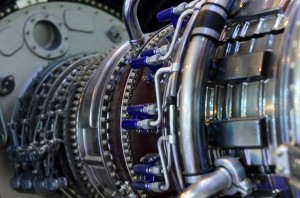
A spring energized PTFE seal is selected to fit an exact set of service conditions found in your application.
Gallagher Fluid Seals recommends conducting a review of the entire sealing environment. You should use the Engineering Action Request (EAR) form before selecting a seal design.
Evaluating the following check list will be beneficial to selecting a preliminary design.
Operating Conditions:
- Pressure, typical
- Temperature
- Surface Speed
- Lubrication
- Radiation
- Maintenance Cycle
- Pressure – Max
- Type of motion
- Duty cycle
- Coolant
- Food Service
- Safety factors
Media to be Sealed:
- Water-based
- Hydraulic fluids
- Solvents
- Acids
- Vapors
- Caustics
- Abrasives
- Oils
- Greases
- Steam
- Fuels
- Air
- Dry gases
Hardware Design:
- Gland shape
- Surface finish
- Installation
- Dynamic alignment
- Gland diameters
- Hardness
- Platings
- Sideloading
Seal Performance Criteria:
- Wear life
- Leakage limit
- Compatibility
- Breakout friction
- Running friction
- Proof pressures
To learn more about spring-energized seals, please download Gallagher Fluid Seals’ new Spring Energized Seal Guide
